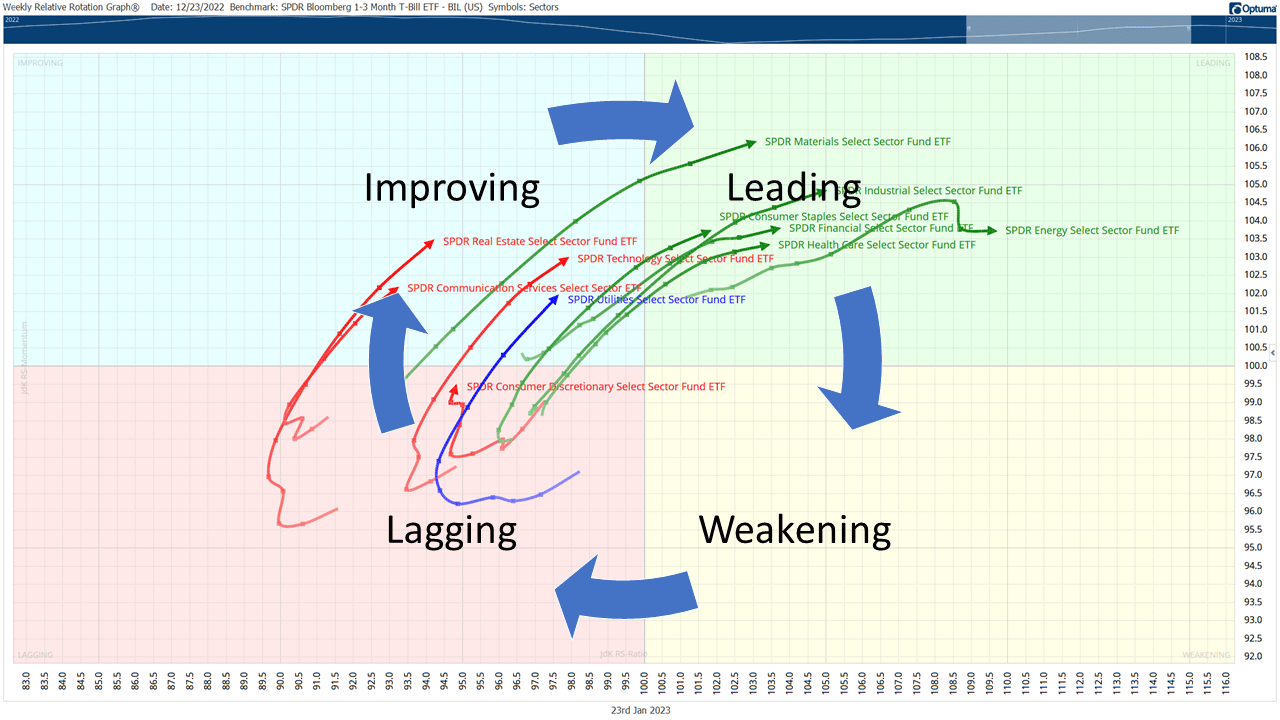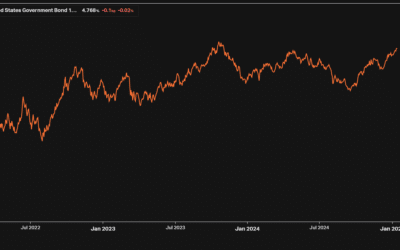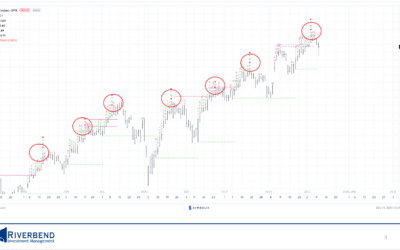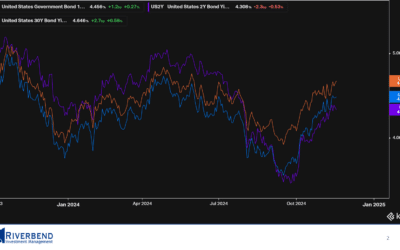Riverbend is Now ARTAIS Capital
Click here to go to the ARTAIS Capital website
Investment Management
Using our proprietary investment methodology, our portfolios are actively managed to adapt to the ever-changing stock market and economy.

Risk Management
All of our portfolios have a risk management overlay to help reduce downside risk and volatility during market declines.

Fee-Only Fiduciary
Founded in 2006, Riverbend Investment Management is a Registered Investment Advisor (RIA) and acts in a fiduciary capacity with all our clients.
Advanced investment modeling tools help guide our portfolios into the strongest growth opportunities within the stock market.
Let Us Help You Build a Secure Financial Future

Latest Updates
As featured in















